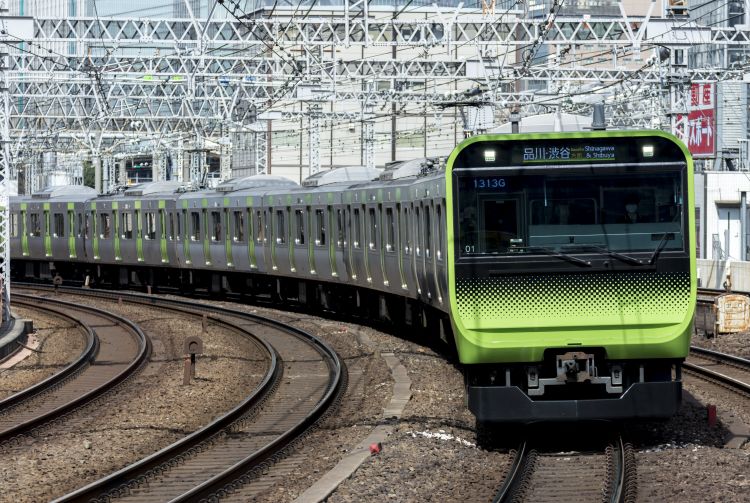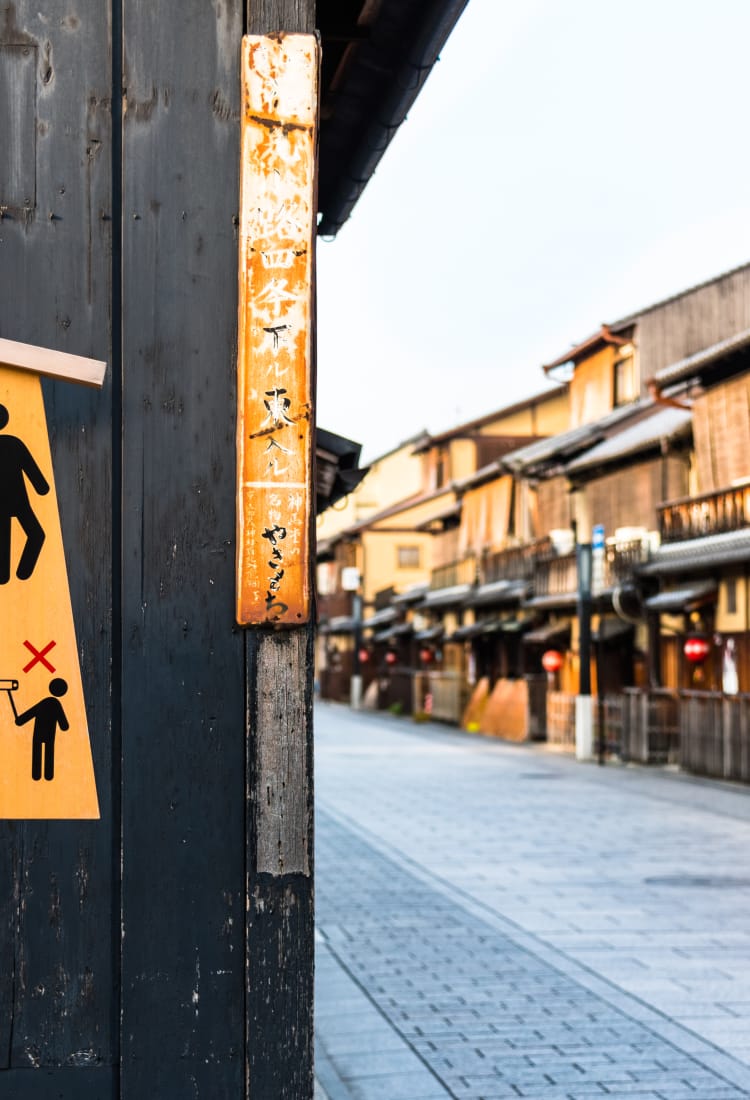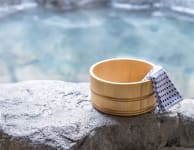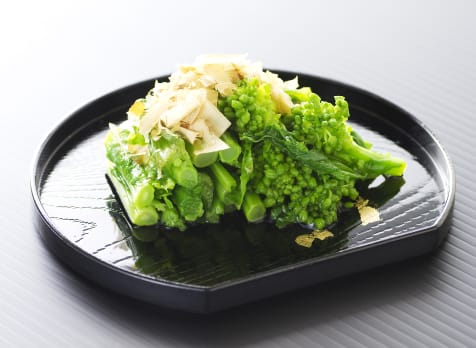- The Japan Tourism Agency has published "Travel Etiquette for the future". As a courteous and considerate traveler, your good manners help protect and preserve the destinations you visit while enriching your own travels. Become a "responsible traveler," and get the most from your travels by respecting the local environment and people, as well as other visitors. https://www.mlit.go.jp/kankocho/responsible-traveler/en.html
Keep these Japanese manner tips in mind for a stress-free Japan-travel experience
From table manners to train etiquette, it can be hard to remember the social rules in Japan. Here is a quick guide to the need-to-know do's and don'ts so that you can blend in with the locals.
Dining
With regional variations and some unexpected practices, Japanese dining manners can be confusing, but watching those around you is the best way to get an idea of what you should be doing.
General dining etiquette
Two essential phrases for dining in Japan are “itadakimasu” — said before eating and meaning something like “I am glad to receive this meal" — and “gochisosama desu,” said after finishing a meal, loosely translated as “thanks for the food.” Some things to keep in mind are that leaving leftover food is frowned upon, and asking to take home your leftovers is generally not accepted. When eating with groups, people normally don't start eating until everyone has food in front of them, and it's generally good manners to ask if you can take the last bite from any communal dishes (which are quite common at group dining events).
Sushi
Sushi in Japan is generally eaten in two ways: with chopsticks or with your hands. This is not a hard rule, however, and many Japanese will use both methods for eating depending on the situation. In general, the sushi rice should not be dipped directly in soy sauce — only the fish on top — and wasabi should not be mixed directly into soy sauce. These rules can be stringent at nicer sushi establishments, but conveyor belt restaurants and chains are more laid back.
Noodles

With ramen, udon, soba and more, Japan has an abundance of delicious noodle dishes to try. At most shops, patrons will slurp the noodles as they eat them. This is, in general, an accepted practice — never patronize a local for the way they are eating, but also don't feel obligated to slurp yourself.
Daily interactions

In general, Japanese people are less prone to body contact during everyday interactions. This goes for kisses, hugs and handshakes used as greetings, as well as other public displays of affection. While body contact is not totally frowned upon, keep an eye on how others around you are interacting to get an idea of the level of intimacy expected. In most situations, a polite bow will work as an appropriate greeting.
Useful phrases
“Sumimasen,” which usually means “sorry,” can also be used as “excuse me” and even “thank you” depending on the context. Use “arigato gozaimasu” as a more direct thanks, and be prepared to hear and use “yoroshiku onegaishimasu” when being asked to do something or when meeting someone.
Take off your shoes
In the vast majority of Japanese homes, it is expected that you will take off your shoes at the entrance — it's polite to say “ojamashimasu” as you enter, expressing a similar sentiment to “sorry for barging in.” There are many Japanese-style restaurants, temples, hot springs etc. with no-shoe policies as well, so always be careful to check.
Public transportation

While talking in preferably soft voices on the train is certainly acceptable, speaking at any volume on your phone is generally frowned upon while riding trains and buses. It's good manners to line up to the side of the train to let passengers disembark before boarding yourself, and priority seating should always be given to the elderly, pregnant or disabled riders if applicable.




























































